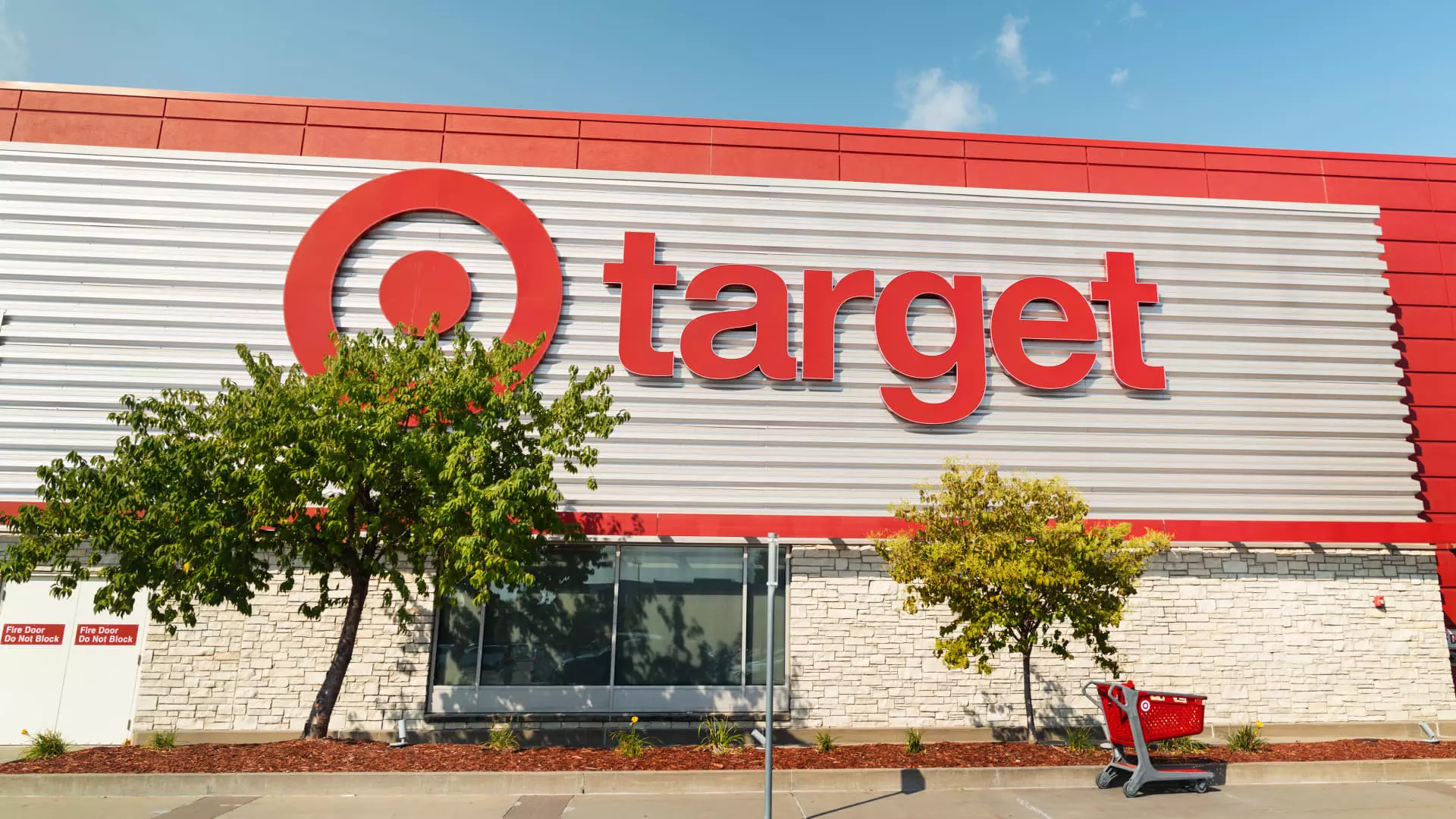In light of the Federal Reserve’s recent decision to lower interest rates by 50 basis points, investors are presented with a unique opportunity to enhance their portfolios, particularly through dividend-paying stocks. The current economic landscape, characterized by reduced borrowing costs, sets a promising stage for equities among various sectors. This article delves into three notable dividend stocks that have piqued the interest of Wall Street analysts, providing insights into their potential for generating both passive income and capital appreciation.
Northern Oil and Gas (NOG) stands out as one of the top contenders for investors keen on dividend yields. Operating as a non-operated upstream energy asset owner, NOG specializes in acquiring minority interests in energy assets managed by major players in several U.S. basins. Recently, the company announced an impressive dividend of 42 cents per share, reflecting an 11% increase year-over-year, which translates to a robust dividend yield of 4.8%.
What makes NOG particularly appealing is its unique business model. Analyst William Janela from Mizuho has initiated a buy rating on the stock, positing that the firm’s extensive scale and diversification across significant operators provide a competitive edge. Janela highlights that NOG’s model mitigates traditional non-operator drawbacks while preserving the advantages of its operational strategy. Furthermore, its cash operational margins are notably higher than many in the industry, which enhances its attractiveness as a dividend stock. The combination of a solid merger and acquisition track record and progressive share buybacks solidifies NOG’s position as a worth-considering investment due to its potential for stable returns.
Janela contends that the capital flexibility offered by NOG’s diversified investments enables a more proactive engagement in the market, countering the common perception that non-operators merely play a passive role. With Janela’s impressive track record—profitable 53% of the time, delivering an average return of 22.6%—investors might find confidence in this recommendation.
Next on the list is Darden Restaurants (DRI), a well-known player in the dining industry, which recently reported lower-than-expected earnings but nonetheless witnessed a surge in its stock price. This anomaly underscores the company’s affirmation of its full-year guidance and a strategic partnership with Uber that is expected to enhance revenue streams significantly. With a quarterly dividend of $1.40—annualized to $5.60—DRI provides a respectable dividend yield of 3.3%.
Darden, known for chains like Olive Garden, has been proactive in repurchasing shares and returning capital to shareholders. In the first quarter of fiscal 2025, the company repurchased $172 million worth of shares and disbursed $166 million as dividends. Analyst Peter Saleh of BTIG reinforces his buy rating on DRI, increasing the price target from $175 to $195. He attributes this optimism to multiple sales drivers, including the recent partnership with Uber Eats, poised to enhance consumer reach and sales volume, especially among Olive Garden units.
Despite a rocky start to Q1 FY25, there’s a resurgence in comparable sales across various brands, indicating a solid recovery momentum. Saleh’s analysis positions DRI as a hybrid of industry leadership and consistent earnings growth, making it a resilient pick amidst sector-wide fluctuations. With an analytical background that has yielded profitable ratings 62% of the time, investors may see Saleh’s positive outlook as a strong basis for investment consideration.
Target Corporation (TGT) completes this week’s list of dividend stocks worth investigating. The retail giant recently announced a 1.8% increase in its quarterly dividend, raising it to $1.12 per share, marking the 53rd consecutive year of dividend growth. With a yield of 2.9%, Target is often viewed as a stalwart for income-seeking investors.
In a recently released performance report, Target trumped expectations for its second quarter of fiscal 2024 despite facing macroeconomic hurdles. The company’s strategic focus on expanding its food and beverage offerings appears to be underpinning its growth trajectory, especially with the appointment of Jim Lee as the new CFO, a move that has sparked additional optimism among analysts. Jefferies’ Corey Tarlowe underscores the potential for further price reductions and improved profit margins under Lee’s leadership.
With Target’s proactive strategies—including recent significant price cuts across thousands of items—its commitment to enhancing customer engagement and driving sales remains evident. Tarlowe retains a buy rating with a price target of $195, bolstered by a solid track record of success, with his recommendations being profitable 67% of the time. This points to sustained confidence in Target’s ability to navigate industry challenges while delivering robust returns to shareholders.
As interest rates decline, the market environment becomes increasingly conducive to dividend stocks as viable investment options. The cases of Northern Oil and Gas, Darden Restaurants, and Target Corporation exemplify the opportunities available for income-focused investors looking to diversify their portfolios and capture both dividend yields and potential capital appreciation. Through careful consideration of each company’s operational strategy, market positioning, and analyst endorsements, investors can make informed decisions to navigate this evolving economic landscape.

